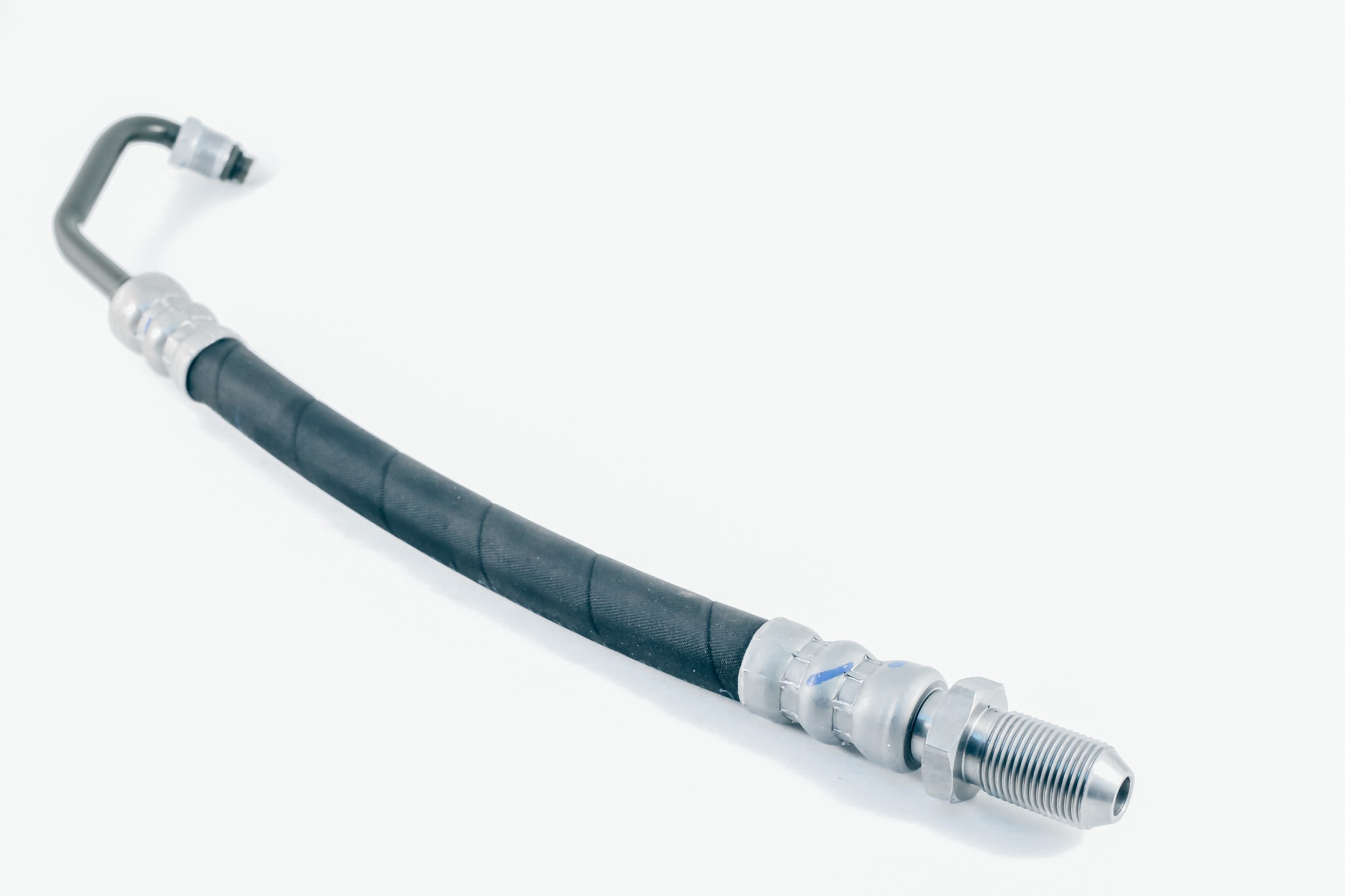
Most new vehicles currently in circulation have some form of power steering included in their spec. The application of a power steering hose greatly improves the handling of any car, and also helps to reduce wear and tear on the mechanisms involved, meaning that your vehicle will be cheaper to run for longer.
How Does Power Steering Work?
A typical power steering system involves the use of hydraulic fluid, which is contained within specialist hoses or “power steering lines”. When the vehicle is being manoeuvred, the force used results in a transfer of energy through that fluid – from the wheel to the steering mechanisms – applying extra pressure and making turning much easier.
The fluid also doubles as a lubricant, preventing the components from grinding together and becoming damaged.
Is One Power Steering Hose Better Than Another?
Power steering may make manoeuvres easier, but what about the overall comfort of driving?
While all power steering mechanisms serve to improve the handling of a vehicle, and will help to ensure the durability of many of its parts, there are particular designs that really help to iron out some of the problems that may arise in a typical setup.
Firstly, the type of power steering hose that your vehicle most likely came with tends to be of 100R5 or similar steel wire braid construction. This is perfectly functional, but is really intended more for heavy industrial purposes, meaning that this type of power steering line is often cumbersome and overly complex. They can also be noisy, and transfer an uncomfortable amount of vibration that could otherwise easily be dampened.
A power steering hose for a car or other vehicle should be a little more sophisticated in design. It’s better to opt for high and low pressure power steering lines of double braided-nylon construction. These are capable of significant expansion which serves to dampen pressure waves and reduce noise, vibration, and harshness (NVH) throughout your car’s steering mechanics.
BrakeQuip dealers also use PTFE flow restrictors, which further reduces the amount of noise from your power steering. They can also provide universal male and female swivel crimp fittings, bump tube adapters, banjo heads, and copper washers.
Replacing Your Power Steering Hose
The good news is that an old power steering line is relatively easy to change. Whether you have located a fluid leak or a drop in performance quality, or you simply feel that fitting a specialist high expansion hose is likely to improve the overall handling of your vehicle, all you need to do is take your vehicle to your nearest BrakeQuip dealer and explain that you would like your power steering hose updated to a high expansion alternative.
We can replace older hoses – which tend to have longer or more complex tube forms – with braze-on and compression style crimp fittings in multiple tube sizes. This way, a reclaimed or replacement tube form can be easily used on a new hose assembly.
For further information about upgrading your power steering lines, simply contact a BrakeQuip dealer today.


